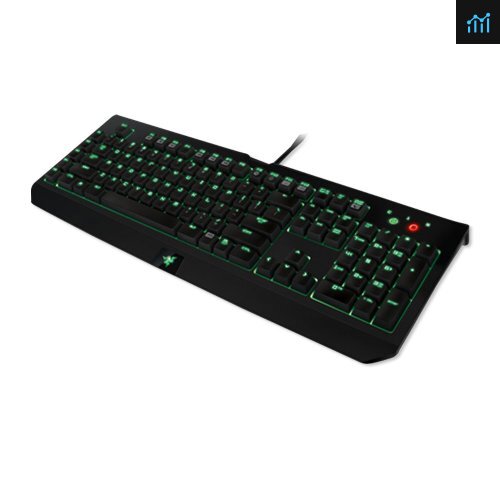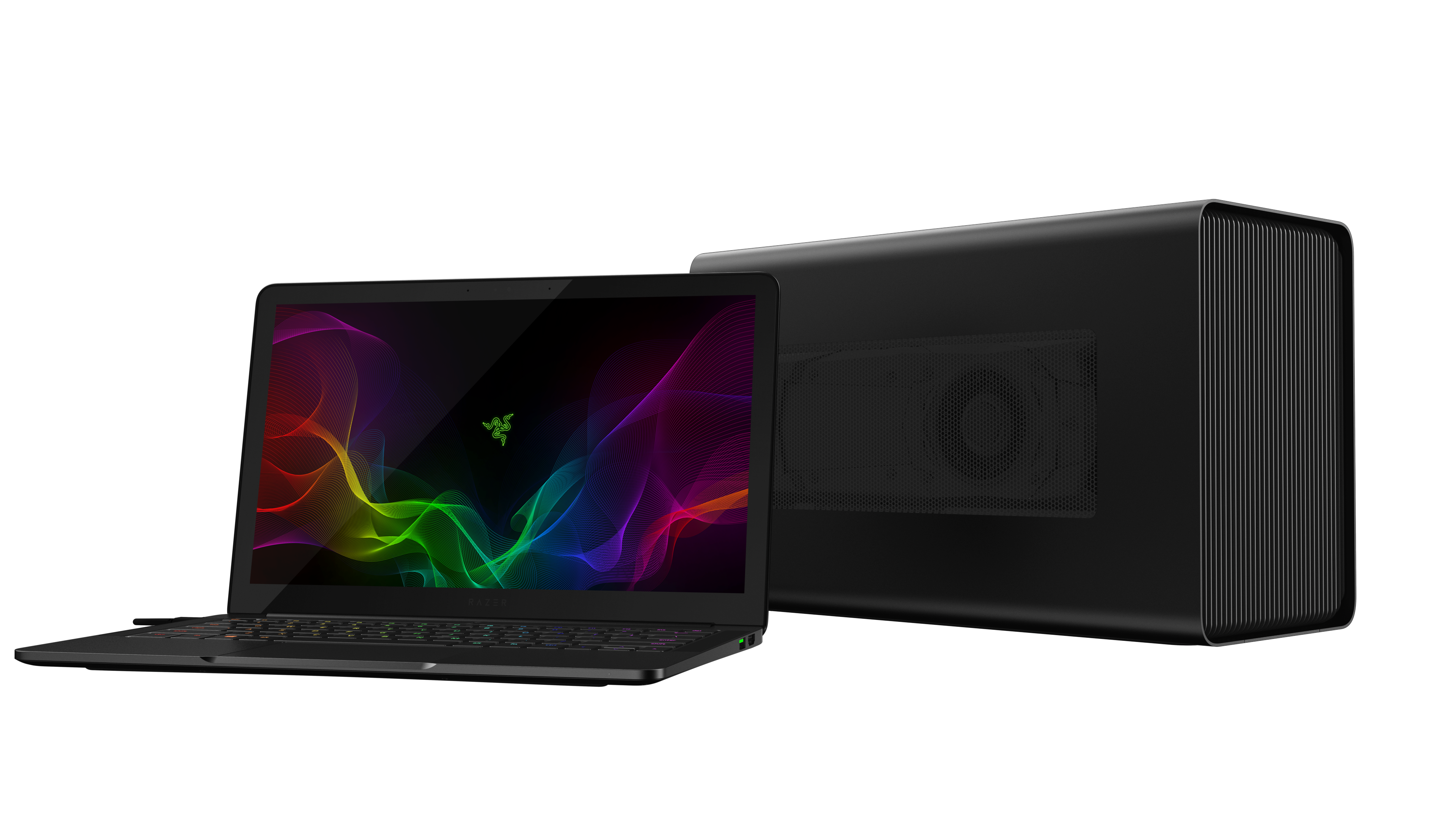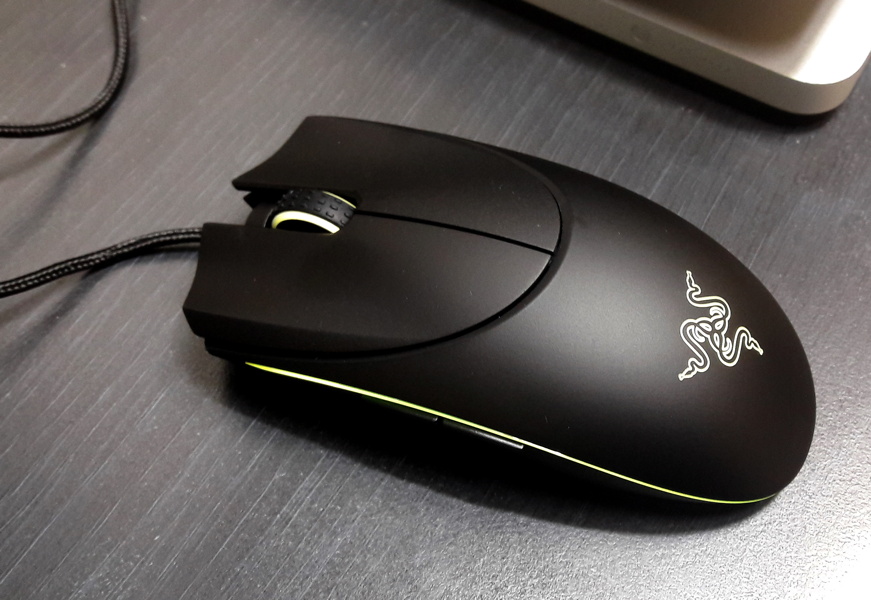


#RAZER MACOS PRO#
Checking the boxesįor MacBook Pro users especially, the Razer Core X checks several important boxes. Needless to say, I’m very impressed, because Razer could have easily justified cutting corners given the price. Even the main Thunderbolt 3 controller board features a sparse design that looks much cleaner than its competitors. The overall look and feel of the Razer Core X is one of thoughtfulness. If you don’t touch it, you’d never know it was plastic, but the plastic seems out of place when the rest of the outer casing is comprised entirely of metal. The only notable design decision that I don’t necessarily agree with is the plastic grill cover on the front of the unit. I wish Razer would have opted for a slightly longer thumbscrew à la the Akitio Node Pro, but that’s nitpicking. This means that you only need to deal with a single screw when securing your GPU inside the box. This was one of my main complaints about the original Akitio Node, which produced nails-on-chalkboard like sounds when accessing the GPU.Īnother thoughtful design choice was the decision to use a single PCIe expansion slot cover and a single thumbscrew. It allows the inner portion of the Razer Core to easily slide in and out of the outer case, because the plastic prevents metal from rubbing against metal. Up until now I’ve been a big fan of the way the Akitio Node Pro uses thumbscrews to secure the case cover and the GPU inside, but the Razer Core X one-ups the Node Pro in ease of use.Īdding the to usability of the Razer Core X is a specially-designed plastic track and rail system on the bottom of the inner chassis. The non-slip material works together with the quick release lever, allowing you to open and close the chassis with a single hand. On the bottom of the Razer Core X, you’ll notice a large continuous strip of non-slip material to help keep the unit secure on a desktop surface. It’s a thoughtful mechanism that allows you to quickly gain access to the inside of the Razer Core X without needing to rely on tools or screws. Rotating the quick release lever from its hidden position unlocks the inner chassis from the outer chassis. The Razer Core X features a black, all aluminum enclosure with a hideaway quick release lever (not a handle) on back. Everything about the packaging, from the box, to the quality of the styrofoam inserts used to protect the chassis showed attention to detail. Unboxing the Core X provided me with the first indication that this wasn’t just some unit from a parts bin thrown together to make a quick buck. Granted, I’ve never really used a Razer product before, so I had no idea what to expect. Prior to going hands-on with the Razer Core X, I wasn’t expecting a lot from its build quality given the $299 price point. Subscribe to 9to5Mac on YouTube for more videos Unboxing and build quality
#RAZER MACOS MAC#
Razer’s Core X obviously works with Razer PCs and any compatible Thunderbolt 3-enabled PC, but in a post macOS 10.13.4 world, the first macOS release that officially supports eGPUs, Razer is specifically marketing towards Mac users as well.

It’s produced some seriously-impressive laptops as of late, such as the six-core Razer 15 that launched alongside the Core X eGPU. I’ve long admired Razer from afar, especially what the company is doing with its laptop business. Includes power cable and Thunderbolt 3 cable.Tool-less design with quick release lever.Charges USB-C laptops with up to 100W Power Delivery.Up to 3-Slot wide, full-length, PCI-Express x16 graphics card.Compatible with PCI-Express graphics cards.
#RAZER MACOS FOR MAC#
Is the Razer Core X a good solution for Mac users in search of an eGPU? How does it stack up to the current crop of Mac-compatible external graphics boxes on the market? Watch our hands-on video walkthrough for the details.
#RAZER MACOS PC#
Razer already produces an eGPU called the Razer Core V2, but the Core X is a budget-friendly eGPU box that’s being marketed at both Mac and PC users.Ĭompared to the Core V2, the Core X is a more straight-forward solution, eschewing niceties like USB, Ethernet, and RGB lighting in favor of a less expensive, more corporate-looking external Thunderbolt 3 graphics solution. Earlier this week Razer, best known for its PC Laptops and gaming-related peripherals, introduced a new eGPU solution called the Razer Core X.


 0 kommentar(er)
0 kommentar(er)
